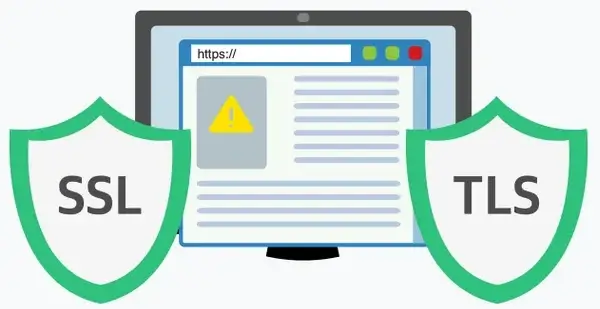WordPress vs. Joomla: A Comprehensive Guide to Choosing the Right CMS for Your Website
Posted on October 30th, 2023 by Frank Hamilton in Guides, Explainer
The main difference between WordPress and Joomla is that WordPress is a user-friendly platform known for blogging and website management, while Joomla offers more flexibility and complex content management options suitable for advanced users. WordPress emphasizes ease of use, while Joomla provides extensive customization and multi-user capabilities.
Why is API Testing Important and How to do it Right
Posted on October 17th, 2023 by Simon Rodgers in Explainer
Whether you're a business that relies on Amazon reviews and seller feedback or planning a much-needed holiday through your favorite travel comparison site, everyday activities like these wouldn't be impossible without APIs.
The Psychological Impact of Website Downtime on User Trust and Brand Perception
Posted on September 18th, 2023 by Simon Rodgers in Monitoring, Explainer
Website downtime refers to the period when a website is inaccessible or experiences disruptions, resulting in users being unable to access its content or services.
The Benefits of Using Application Performance Monitoring Software for Website Performance Optimization
Posted on August 15th, 2023 by Simon Rodgers in Monitoring, Explainer
Website performance optimization has become critical for businesses in this digital era. If you want to maintain a competitive edge and ensure exceptional user experiences, application performance software is necessary.
What is the difference between SSL vs. TLS? Which Gives Your Website the Best Protection?
Posted on May 10th, 2023 by Simon Rodgers in Security, Explainer
The main difference between SSL and TLS lies in their security improvements and protocol versions. SSL is an older, now obsolete protocol for securing data transmission, while TLS is its more secure and modern successor. TLS offers stronger encryption and improved security features and is the current standard for secure internet communications.

 Copyright 2000-2025, WebSitePulse. All rights reserved.
Copyright 2000-2025, WebSitePulse. All rights reserved.